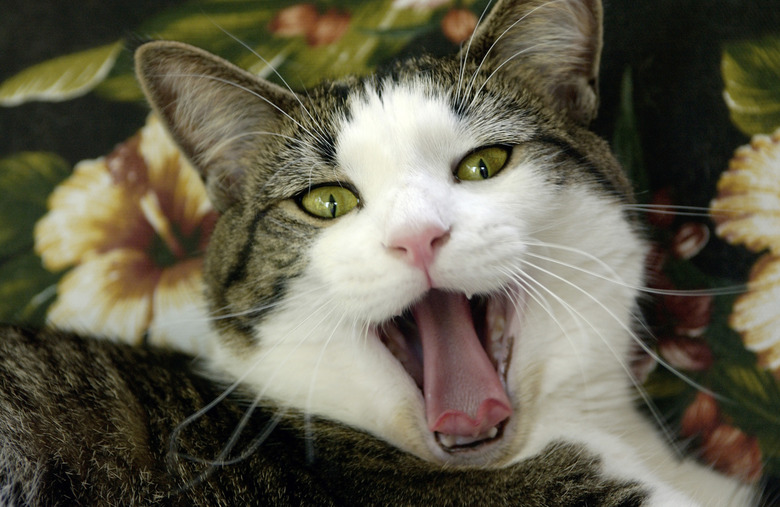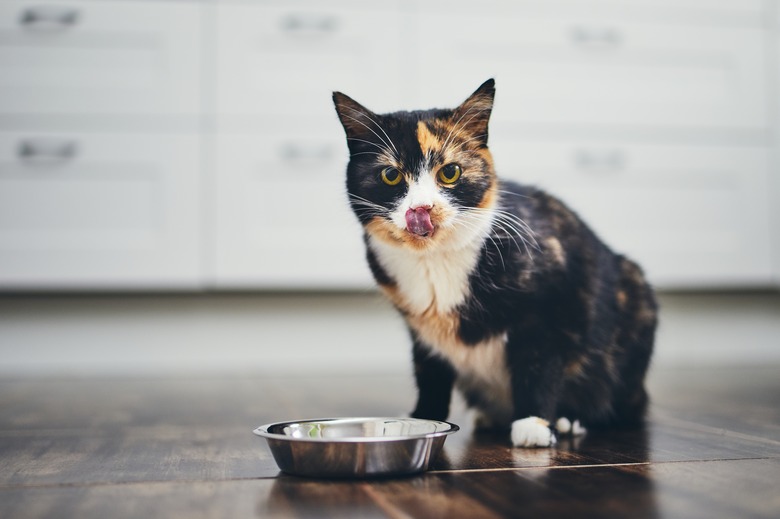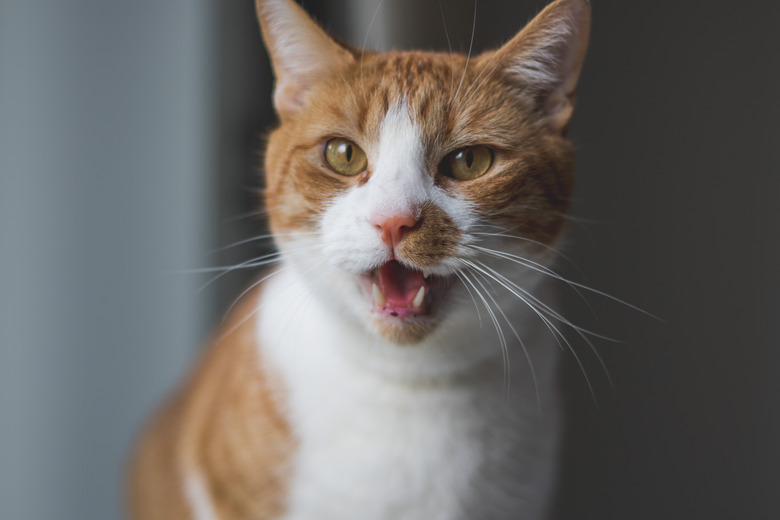How To Tell If Your Cat Has A Toothache
Dental disease in cats is common, and by age 3, the majority of cats will begin to develop the disease. This not only negatively affects the appearance of your cat's mouth but it can also lead to toothache. Cat tooth pain symptoms may not be immediately recognizable, as cats excel at hiding pain.
Cat tooth pain symptoms
Cat tooth pain symptoms
Symptoms of toothache in cats are often seen at mealtime. Your cat may be reluctant or may even refuse to eat hard food or treats. He may also take longer to chew and eat, and you may notice kernels of food dropping from his mouth.
Excessive drooling, pawing his mouth, and refusing to let you touch or pet his mouth and face are other common signs. A cat with tooth pain may have an unkempt coat as he starts to avoid grooming himself. You may also see a head tilt or shake, chattering or grinding of the teeth, and frequent yawning. The severity of the symptoms can vary, and some cats will not show any visible signs.
Common dental problems
Common dental problems
Dental disease is the most common tooth problem in cats. As with humans, periodontal disease is caused by the buildup of plaque on the teeth and gumline. Gums can become red and swollen, and your cat will likely have bad breath. If he allows you to look in his mouth, you may also notice loose teeth.
Dental disease may lead to an abscess in the gums near an infected tooth. This condition not only causes problems in the mouth but it can also worsen heart, liver, and kidney disease.
The next most common condition is called feline odontoclastic resorptive lesions. It causes lesions along the gumline, and eventually, the decaying tooth underneath may break. Your cat may also break a tooth when she bites down on something hard. If left untreated, the tooth may become infected.
Treatment option for dental conditions
Treatment option for dental conditions
Your vet will need to do a physical exam to determine the correct diagnosis. In some cases, additional testing, such as X-rays, may be necessary. Treatment varies depending on the diagnosis. In some cases, your vet may need to remove infected or damaged teeth. This is usually a surgical procedure that requires your cat to be put under general anesthesia.
If the tooth doesn't need to be removed or if there is an additional infection that needs to be treated, your vet may prescribe an antibiotic or steroid medication. A pain killer can help your cat with the discomfort while he recovers. Only give pain killers prescribed by your veterinarian; never give your cat an over-the-counter medication from your medicine cabinet.
Preventing toothache in cats
Preventing toothache in cats
Treatment for dental problems can be expensive, so it is helpful to take steps to prevent dental disease and other tooth problems. Brush your cat's teeth every day with cat toothpaste. This helps to remove plaque and tartar just as it does for your teeth. It is best to start this practice while your cat is young so that she can get used to it.
Some older cats may not tolerate brushing. You can also try dental treats or an antiseptic water additive to help keep the teeth clean.
Take your cat to the veterinarian regularly. During the checkup, your vet will check her mouth and teeth, which can allow you to recognize and treat problems early. Your vet can also perform a dental cleaning on your cat, which is similar to a cleaning you receive when you visit a dentist. Your cat is under anesthesia for the procedure.


